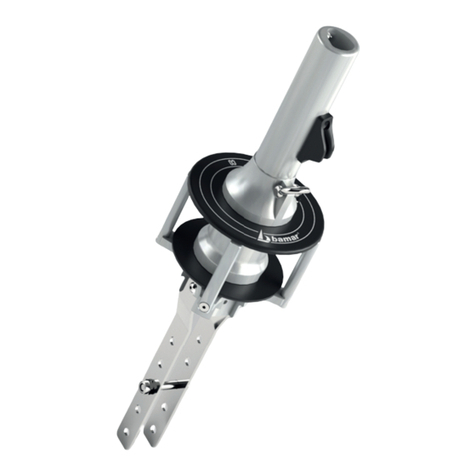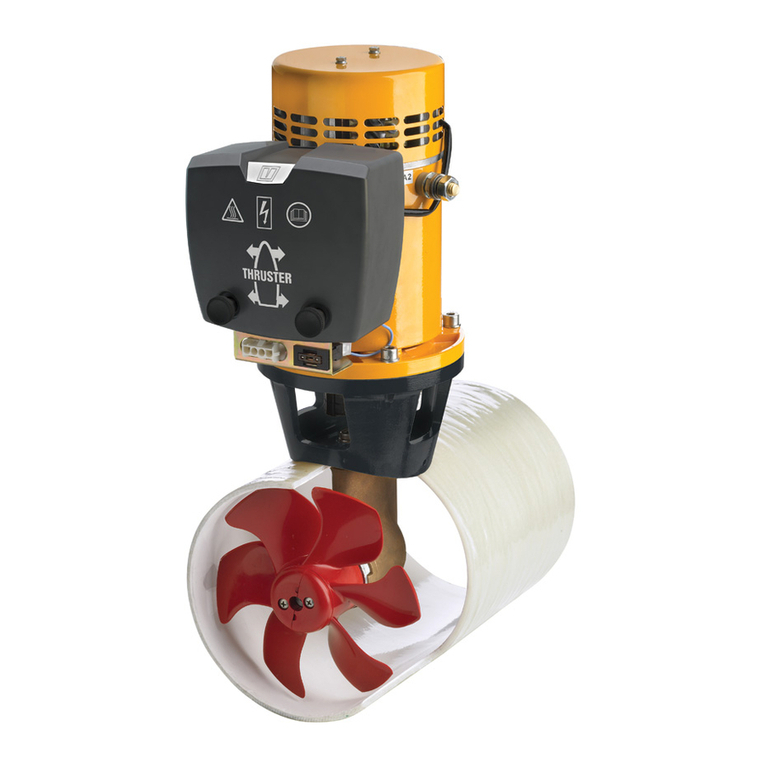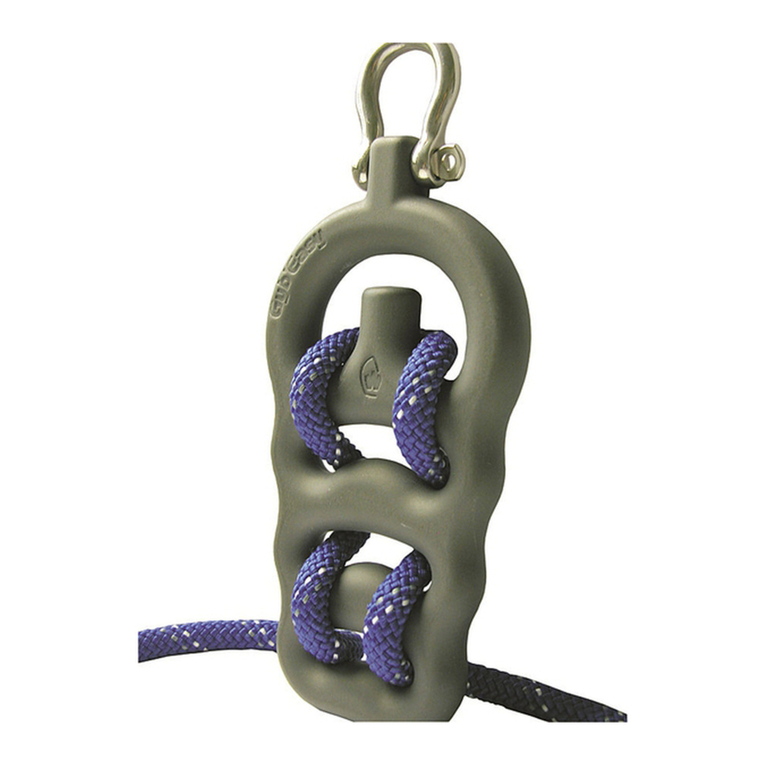COX CXO300 User manual

OWNER’S
MANUAL
–––
CXO300 – the power of diesel
when you need it most
coxmarine.com


1.0 WELCOME INFORMATION 4
1.0 Welcome information 4
1.1 Certification of conformity 5
1.2 California warnings 5
1.3 Environmental considerations 6
1.3.1 Disposing of used oil 7
1.4 Identification 8
1.5 Date collection & handling 9
2.0 OUTBOARD SAFETY 10
2.1 Safety recommendations 10
2.2 Boating safety 12
2.3 Man overboard 14
2.4 Warning labels 15
3.0 TECHNICAL SPECIFICATION 16
3.1 Specifications 16
3.2 Design overview 17
3.3 Design features 18
4.0 OUTBOARD INSTALLATION 28
4.1 Engine installation 28
4.2 Fuel & oil 28
4.3 Propeller selection 30
4.4 Wireless fob 31
4.4.1 Changing PIN 32
4.4.2 Pairing fobs 33
5.0 OPERATION 34
5.1 Usage cycle 34
5.2 Pre-start checks 34
5.2.1 Outboard inspection 35
5.2.2 Checking controls 36
5.2.3 Checking emergency switches 37
5.2.4 Checking fuel 37
5.2.5 Checking oil 38
5.3 Starting the outboard 38
5.3.1 Start procedure 38
5.3.2 Post-start checks 42
5.4 Shutting down the outboard(s) 43
5.5 Early use break-in 44
5.6 Warm up 44
5.7 Controlling trim 45
5.8 Maneuvering the vessel 47
5.8.1 Troll mode 49
5.9 Maneuvering the vessel with
single & dual installations 49
5.10 Flushing post-use 50
5.11 Tilting 52
5.12 Warning alarms 52
6.0 MAINTENANCE 54
6.1 Maintenance chart 54
6.2 Maintenance schedule 55
6.3 Grease points 57
6.4 Maintenance procedures 58
6.4.1 Cowlings 58
6.4.2 Checking powerhead oil level 59
6.4.3 Changing powerhead oil 60
6.4.4 Changing powerhead oil by
extraction on water 61
6.4.5 Changing powerhead oil by
draining out of water 63
6.4.6 Changing powerhead oil filter 65
6.4.7 Changing transmission oil 68
6.4.8 Inspecting fuel system 70
6.4.9 Purging fuel filter water separator 71
6.4.10 Inspecting power tilt-trim
& brackets 72
6.4.11 Inspecting bonding wires 73
6.4.12 Inspecting electrical wiring 74
6.4.13 Inspecting a battery 75
6.4.14 Connecting & disconnecting
the battery 76
6.4.15 Fuses 76
6.4.16 Anodes 76
6.4.17 Removing & installing propellers 77
7.0 STORAGE 79
7.1 Preparing for storage 79
7.2 Bringing out of storage 81
7.3 Trailering 82
7.4 Other transport 82
8.0 TROUBLESHOOTING 83
8.1 Troubleshooting 83
8.2 Immediate action in an emergency 83
8.3 Further support 86
9.0 WARRANTY 87
9.1 Warranty for USA & Canada 87
9.2 Resident outside USA &
Canada mainland 87
9.3 Resident in the USA or Canada 87
9.3.1 Emission Control Warranty/ California
Emission Warranty coverage 87
9.4 Your responsibilities & what is
not covered 87
10.0 APPENDIX 88
TABLE OF CONTENTS

4CXO300 OWNER’S MANUAL
1.0 WELCOME INFORMATION
1.0 WELCOME INFORMATION
1.0 WELCOME INFORMATION
Welcome to your new Cox CXO300 diesel outboard.
This Owner’s Manual, along with the other publications included in your literature pack, has been
designed to explain the outboard’s operation and control and maintenance of its systems to aid
you in experiencing the pleasure of owning a CXO300.
All new owners should carefully read and comprehend the content of this manual prior to operating their
outboard(s). Should any questions arise, please contact an authorized Cox Powertrain dealer.
A summary of the key operations can be found in your quick reference guide.
In this Owner’s Manual, all important safety cautions, warnings and notes are distinguished in the
following ways:
Whilst every effort has been made to ensure the accuracy of the particulars contained in this Owner’s
Manual, neither the manufacturer nor the dealer, by whom this Owner’s Manual is supplied, should in
any circumstances be held responsible for any inaccuracy or the consequences thereof.
All rights reserved. No part of this manual may be reproduced, stored in a retrieval system or transmitted in
any form, whether electronic, mechanical, photocopied, recorded or by any other means without prior
authorization from Cox Powertrain.
Cox Powertrain reserves the right to change specifications without notice in accordance with its policy of
continuous product improvement.
WARNING
Identifies procedures which must be followed precisely to
help avoid the risk of personal injury or death.
CAUTION
Identifies procedures which must be followed precisely to
reduce the possibility of damage to your outboard(s).
NOTE
Identifies procedures which must be followed precisely to
avoid difficulties in the operation of your outboard.

5
CXO300 OWNER’S MANUAL 1.0 WELCOME INFORMATION
1.1 CERTIFICATION OF CONFORMITY
The Cox CXO300 outboard engine is in conformity with the
following requirements:
a) USA EPA – 40 CFR 1042 Tier 3
b) IMO Annex VI Reg.13 Tier II (EIAPP)
c) EU Directives:
(i) 2013/53/EU (RCD II).
(ii) 2006/42/EC (Machinery).
(iii) 2014/30/EU (EMC).
(iv) The outboard caries the CE
marking on the affixed label.
WARNING
Breathing diesel engine exhaust exposes you to chemicals known to the
State of California to cause cancer and birth defects or other reproductive
harm.
Always start and operate the engine in
a well-ventilated area.
If in an enclosed area, vent the exhaust to the outside.
Do not modify or tamper with the exhaust system.
Do not idle the engine except as necessary.
For more information go to
www.P65warnings.ca.gov/diesel
1.2 CALIFORNIA WARNINGS

6CXO300 OWNER’S MANUAL
1.0 WELCOME INFORMATION
1.0 WELCOME INFORMATION
1.3 ENVIRONMENTAL CONSIDERATIONS
Your CXO300 diesel outboard offers significantly improved fuel consumption over equivalent
gasoline outboards operating under the same duty cycle. However, there are some steps which you,
as the operator, should take to ensure your vessel runs optimally and your effect on the environment
is minimized.
Consider boating at cruise rather than maximum power
Your vessel consumes an increasing amount of fuel for each additional knot of speed; reducing
from maximum power to cruise results in significant reductions in fuel consumption and will increase
your overall nautical mile range.
Follow the recommended maintenance schedule in order to maintain efficiency
Your CXO300 maintenance schedule is designed to keep the powerhead operating efficiently
throughout its lifetime, giving you the best fuel consumption at any speed. Be sure to monitor the
outboard operating hours against the maintenance chart (see section 6.1) and contact your local
authorized Cox Powertrain dealer for servicing as necessary.
Ensure propeller and trim settings are matched to the vessel type and loading
Incorrectly set trim angle or an incorrectly matched propeller can lead to significant increases in fuel
consumption and could damage your outboard. Consult an authorized Cox Powertrain dealer if
you are unsure about managing trim through different boating conditions or choosing the best
propeller for your application.
Keep the vessel hull clear of biomass to reduce drag and fuel consumption
Biological fouling below the waterline of your hull will impact your vessel’s performance while
increasing load and fuel consumption of your outboard(s).
Inspect for fouling regularly, clean if necessary and consider applying anti-fouling paints to
keep your hull smooth and your vessel efficient. Consult your boat builder or an authorized Cox
Powertrain dealer for paint recommendations.

7
CXO300 OWNER’S MANUAL 1.0 WELCOME INFORMATION
1.3.1 DISPOSING OF USED OIL
Hydrocarbon-based oils lubricate the mechanical components of your outboard and move
contaminants away from working surfaces. These oils and contaminants are hazardous to the
environment and wildlife and pose a potential fire hazard if stored incorrectly.
When changing oil and associated parts including filters and seals, be sure to dispose of them correctly
and avoid spillage and waste wherever possible. Contact your local environmental authority or authorized
Cox Powertrain dealer to review your local options for disposal which may include waste management
centers, recycling facilities, local automotive, marine businesses or collection services etc. Oil is a finite
and valuable resource which many of these facilities can process for reuse.

8CXO300 OWNER’S MANUAL
1.0 WELCOME INFORMATION
1.0 WELCOME INFORMATION
1.4 IDENTIFICATION
An identification label is attached to the starboard side transom bracket. This label displays
your outboard’s serial number, along with worldwide compliance information including the
standards and their relevant enforcement authorities.
Figure: Compliance label
1 Outboard serial number
2 Outboard build and
configuration information
3 Emissions standards and
information
4 European standards
conformity mark
The serial number is
replicated on a smaller label
attached to the powerhead
and viewable after removing
the upper cowling.
Figure: Serial number label
1 Model designation
2Build month and year
3Outboard serial number
2
3
1
COX POWERTRAIN LTD
The Cecil Pashley Building, Unit 8 Cecil
Pashley Way, Shoreham-by-Sea, BN43 5FF,
United Kingdom
EMISSION CONTROL INFORMATION
Model Year
2020
Displacement
4.4L
Max Power
244kW/300HP
Serial Number
CXAAAAAVVYYYYMMDDHHH
Manufactured
YYYY
Engine is variable-speed propulsion using fixed-pitch propellers.
USE ULTRA LOW SULPHUR DIESEL ONLY.
THIS MARINE ENGINE COMPIES WITH U.S. EPA
REGULATIONS FOR 2020.
IMO
EPA
RCD
Engine Family
COXN04.4A30
LCOXN04.4A30
COXN04.4A30
Standard
AnnexVI,Reg.13 Tier 2-Cycle E3
40CFR1042 Tier 3-Cycle E3
2013/53/EU, Cycle E5
Useful Life
-
3000hrs/10yrs
-
Emissions: EPA Tier 3 + RCD2 + IMO Tier 2:
CO= 5.0g/Kw-hr; PM: 0.15g/kW-hr; NOx + HC: 5.8g/kW-hr.
Refer to Owner’s Manual for service
Made in the United Kingdom
Notified Body: 2810
1
3
2
4

9
CXO300 OWNER’S MANUAL 1.0 WELCOME INFORMATION
1.5 DATA COLLECTION AND HANDLING
Computers in your outboard are capable of recording detailed data, including but not limited to,
powerhead, throttle, gearshift and other module and system status. This may include information
regarding your usage of the outboard recorded during regular operation.
Collected data will be transmitted to Cox Powertrain for the purpose of gaining insight into the
performance of the product in real world usage. From time to time, it may be incompatible to separate
outboard data from the user’s personal data. In such circumstances where personal data may be
collected, Cox Powertrain have adequate safety and privacy policies, including encryption, to keep such
data safe for a limited period of retention. The data will remain under the control of Cox Powertrain and
third parties, of whom Cox Powertrain warrants to have in place safety and privacy policies that are
equivalent to those of Cox Powertrain for data protection and safe keeping.
Collected data will strictly be for the purpose of analyzing, processing and assessing information
necessary for Cox Powertrain’s legitimate business interests including but not limited to, investigating
outboard performance, fitness for purpose, faults diagnosis, fuel efficiency, etc. Such data will not be
released to any other company and/or individual except where compelled by legal requirements or
requested by others with whom you as the customer will have granted prior consent.

2.0 OUTBOARD SAFETY
2.0 OUTBOARD SAFETY
10 CXO300 OWNER’S MANUAL
2.1 SAFETY RECOMMENDATIONS
Cowlings must be in place
To avoid death or serious injury, make sure all cowlings are
securely in place whenever the outboard is operating. Hands,
feet, hair, clothing, personal accessories, floating device straps
etc. may become entangled with internal moving parts.
Avoid stepping on outboard
To avoid injury or damage, do not step, stand or sit on the cowlings
or any other part of the outboard.
Hot parts can cause burns
Outboard components get very hot during normal operation and
can cause severe burns to skin on contact.
Avoid removing any cowlings after operation until the outboard
has had time to cool down.
Electric shocks possible
Always stop your outboard(s) and isolate the battery supply and
any other external power supply prior to working on electrical
systems. Avoid unnecessary contact with electrical components
while starting or operating your outboard(s).
Leaking fuel is a hazard
Leaking fuel may be hot and can create a fire or burn hazard. Stop
your outboard if a leak is found and clear up any spills.
The propeller has sharp edges
Your propeller has sharp edges by design and can cause harm
even when stationary. Do not operate your outboard out of the
water with a propeller fitted, even if it is out of gear.
Never work on a propeller with the outboard running.
Passengers may fall overboard and come into contact with a
moving propeller. Remain aware and vigilant to minimize the risk
of injury.

2.0 OUTBOARD SAFETY 11
CXO300 OWNER’S MANUAL
Power tilt and trim includes
powerful hydraulics
The power tilt-trim system consists of powerful
hydraulic circuits which can easily crush body
parts within the movement arc of the outboard.
Do not operate the trim or tilt systems with people
in the vicinity of the outboard(s). Avoid passing
underneath the outboard(s) when tilted, even with
a locked tilt support in place.
The power tilt-trim system must only be used for moving
the outboard, and no other item or individual.
The power tilt-trim switches located at the helm and on the outboard will actuate the hydraulic
circuits even when the outboard(s) ignition switch is in the OFF position. Ensure battery power is
cut off when working around the outboard(s).
Always check the mounting bolts on the power tilt-trim system to ensure the outboard(s) is(are) securely
fastened to the vessel’s transom.
Underwater object strike can cause violent deceleration
The power tilt-trim system includes a pressure relief circuit to allow the outboard(s) to swing and
absorb impact energy in the event of an underwater object strike.
The amount of impact energy increases with speed and the capacity of the outboard(s) to absorb this
energy is limited; at higher speeds the likelihood of significant outboard and vessel damage is greatly
elevated. Remain vigilant and aware of your local water conditions and slow down if uncertain or if there
is floating debris visible.
Wireless kill switch can cause sudden deceleration
The wireless kill switch shuts the outboard(s) off immediately if the operator moves a certain distance
away from the helm station, for instance if falling overboard or moving to another part of a large
vessel. This prevents the vessel from running away under power and stranding the operator or
becoming a danger to the surroundings.
Triggering the kill switch will result in sudden and violent deceleration as outboard drive thrust is shut
off, especially if traveling at high speed. Take care to avoid false triggering and always make sure
your passengers are appropriately seated.

2.0 OUTBOARD SAFETY
2.0 OUTBOARD SAFETY
12 CXO300 OWNER’S MANUAL
Modifications may be illegal and unsafe
The various systems of your outboard(s) are designed to work together continuously to provide a safe
and reliable boating experience. Any modifications to your outboard(s) are likely to affect safety, legality and
longevity and should be expressly avoided.
Shut down when refueling
Always shut down your outboard(s) prior to refueling.
2.2 BOATING SAFETY
Avoid boating under the influence of alcohol and drugs
Never operate a vessel under the influence of alcohol, drugs or any legal or illegal substance, whether
prescribed or non-prescribed, that could impair your judgment or ability. Ensure you are aware of the legal
requirements and limits for substance consumption in all territories in which you will operate your vessel.
Use appropriate personal flotation devices (PFDs)
Be sure to have sufficient and appropriate personal flotation devices on board for all passengers,
operator included. Cox Powertrain recommends the use of personal flotation devices whenever boating
and they may be a legal requirement in one or more of the territories in which you will operate your vessel.
Make sure all passengers are aware of the location of emergency equipment, and that the equipment is
in a serviceable state, for example within any use-by periods.
Carry sufficient emergency equipment
Always carry the appropriate safety and emergency equipment. This may include, but not be limited to, an
appropriate fire extinguisher, visual distress signaling flares and equipment, throwable buoyant cushion,
a first aid kit, locating beacons (EPIRB, PLB) and others. Please consult local authorities for a complete
safety and emergency equipment requirement list for your planned journey.
Load and power your vessel appropriately
Always ensure your vessel is appropriately loaded and powered prior to leaving port. Consult the build
plate for maximum capacity and weight, including passengers. The weight must be appropriately
distributed in accordance with the vessel manufacturer’s instructions. Overloading or incorrect weight
distribution can increase the risk of accidents, capsizing or swamping.
Be aware of navigation laws
Ensure you are aware of all marine laws and regulations in the territories in which you will operate.
Learn and obey all applicable navigation rules and familiarize yourself with the shapes, colors and
flashing patterns of all buoys on your planned journey.

2.0 OUTBOARD SAFETY 13
CXO300 OWNER’S MANUAL
Know your own and your vessel’s limits
Operate the vessel at safe speeds and within your limits. In order to keep a safe distance from other
vessels, people and objects, avoid sharp or aggressive maneuvers which could increase the risk of
collision, ejection from the vessel or loss of control. If uncertain, slow down.
Be aware of your surroundings
Watch carefully for people in the water. Ensure your outboard(s) is(are) switched off when people are in
close proximity to your vessel.
Do not let anyone out on a stern swimming platform while the outboard(s) is(are) running. Be especially
careful when water-skiing, and around other boaters who are towing water-skiers.
Remain vigilant for diving flags and steer clear of areas where there are divers.
WARNING
Even when idling in neutral, drag torque will turn the propeller
and create a physical hazard.
Ensure your passengers are aware of the basics of safe outboard operation on your vessel in case of
emergency, for example, to recover you
in a man overboard situation.
Always check weather forecasts and tidal charts prior to leaving port. Do not set out in adverse
weather or tides.

2.0 OUTBOARD SAFETY
2.0 OUTBOARD SAFETY
14 CXO300 OWNER’S MANUAL
ON/OFF
START
2.3 MAN OVERBOARD PROCEDURES
Your outboard(s) is(are) designed to work with wireless fob keys for man overboard (MOB)
protection, among other functions.
If the operator or a passenger falls overboard with a master fob attached, all installed outboards
will be shut down and the control panel will emit a beep for 12 seconds. The control panel LED will
flash red to indicate MOB protection is active.
NOTE
Unlike a physical lanyard, the wireless fob will not stop the outboard(s) in case of a fall onboard the
vessel within signal range. In this case, the center button on the Master fob should be pressed and
held to shut down the outboard(s).
NOTE
If the master fob is not present once the outboard(s) have been restarted at the control panel after a
MOB event, the outboard(s) will remain operable for 1 hour before the PIN-code or master fob must
be used to restart the system. Restart the outboard(s) using the master fob as soon as possible to
reactivate fob functionality. In the event the master fob is misplaced, a new master can be paired
using the procedure in section 4.4.2.
Figure: MOB restart steps
Restarting the outboard(s)
after a MOB event
1Return the outboard control
lever(s) to the neutral position.
2Once the LED on the control panel
stops flashing red (2a), the start
button will light orange to indicate
that the ignition has switched back
on (2b).
3Press and hold each arrow button
on the control panel for 2 seconds at
a time to send the start signal to the
corresponding outboard (3a-3d).
3B
3A
2A
3C
3D
2B

2.0 OUTBOARD SAFETY 15
CXO300 OWNER’S MANUAL
ON/OFF
START
Figure: False MOB Recovery
steps
Taking control in a false
MOB event
1In the event of a false triggering
of the MOB protection, firstly
return the outboard control
lever(s) to the neutral position.
2 Press and release the ON/OFF
button on the control panel to
cycle the ignition on (2a).
3 Press and hold each arrow
button on the control panel for
2 seconds at a time to send the
start signal to the corresponding
outboard (3a-3d)
WARNING
Always keep the master fob on your person
2.4 WARNING LABELS
Please note the following safety labels placed on your outboard.
3B
3A
2A
3C
3D
AWARENESS OF
VESSEL LOAD

3.0 TECHNICAL SPECIFICATION
3.0 TECHNICAL SPECIFICATION
16 CXO300 OWNER’S MANUAL
Overview
Maximum power operating range 3700-4000 rpm
Warm idle speed in neutral 750 rpm
Rated propeller shaft power 224 kW (300 bhp)
Peak powerhead torque 650 Nm (479 lb-ft)
Outboard dry weight 380 kg (838 lb)
Rigging
Mounting pitch 762 mm (30")
Mounting bolts 6x M12 A4-80
Steering angle +/- 30˚
Tilt and Trim Hydraulic power tilt-trim
Trim cylinder range, relative to vertical -5° to +16° on a 14° transom
Tilt cylinder range, relative to vertical +16° to +69° on a 14° transom
Battery type 12 V, AGM
Minimum battery capacity 1150 CCA, 230 Ah
Powerhead
Design 4-stroke DOHC 32-valve V8
Bore x stroke 84.0 x 98.5 mm (3.3 x 3.9”)
Total displacement 4367 cm³ (266 in³)
Compression ratio 16.0:1
Aspiration Twin turbochargers
Cooling Raw water, anode protected
Temperature control Thermostats, oil cooler (optional)
Fuelling system High-pressure common rail
Fuel type Ultra-low sulphur diesel
Fuel specification EN 590, ASTM D975 No.2-D
Powerhead oil Min standard - Fully Synthetic API CI-4 / SAE 10W40 or 5W40’
Powerhead oil capacity 11 L (11.6 US qt)
Transmission
Design Spiral bevel gear drive
Gear ratio options 1.23 (27/22) / 1.46 (19/13)
Maximum propeller shaft speed 3259 rpm (1.23 ratio) 2737 rpm (1.46 ratio)
Propeller shaft output 31.75 mm (1.25”) shaft, 19 tooth spline
Maximum propeller diameter 406.4 mm (16”)
Gear oil SAE 80W90, API GL-5
Gear oil capacity 1.9 L (2.0 US qt)

17
3.0 TECHNICAL SPECIFICATION
CXO300 OWNER’S MANUAL
3.2 DESIGN OVERVIEW
Main sub-systems
3
6
1
4
5
2
Figure: Main sub-systems
1Upper cowling
2Powerhead
3Mid-section
4Power tilt-trim and bracket unit
5Spacer (if fitted)
6Transmission

3.0 TECHNICAL SPECIFICATION
3.0 TECHNICAL SPECIFICATION
18 CXO300 OWNER’S MANUAL
Figure: Outboard Interface - Port Side
1Power tilt-trim switch
2Trim tab anode and bolt
3Rear water inlets
4Front water inlets
3.3 DESIGN FEATURES
Outboard interfaces - port side
1
2
3
4

19
3.0 TECHNICAL SPECIFICATION
CXO300 OWNER’S MANUAL
Figure: Outboard Interface
5Rear flush connector 6Idle relief (bottom) 7 Anti-ventilation plate
Outboard interfaces
5
7
6

3.0 TECHNICAL SPECIFICATION
3.0 TECHNICAL SPECIFICATION
20 CXO300 OWNER’S MANUAL
Figure: Outboard Interface
8Front flush connector (top) and tell-tale stream (bottom)
3.3 DESIGN FEATURES
Outboard interfaces - starboard side
8
Other manuals for CXO300
2
Table of contents
Popular Boating Equipment manuals by other brands
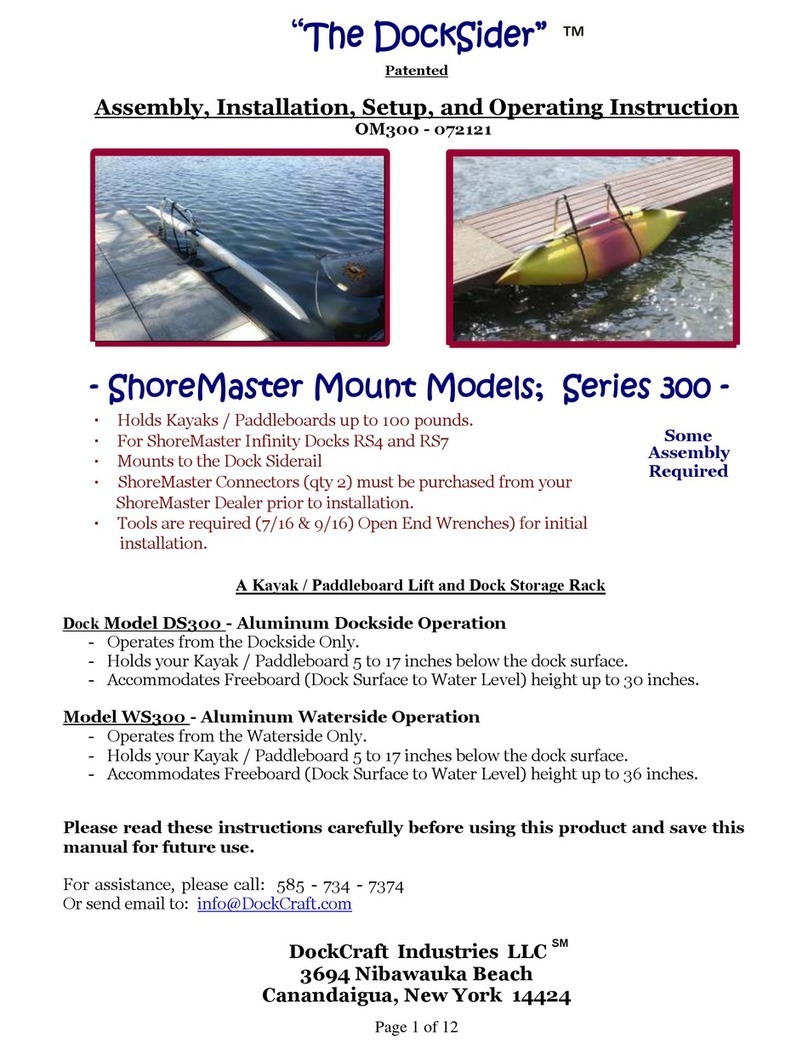
DockCraft
DockCraft DockSider Assembly, Installation, Setup, and Operating Instruction
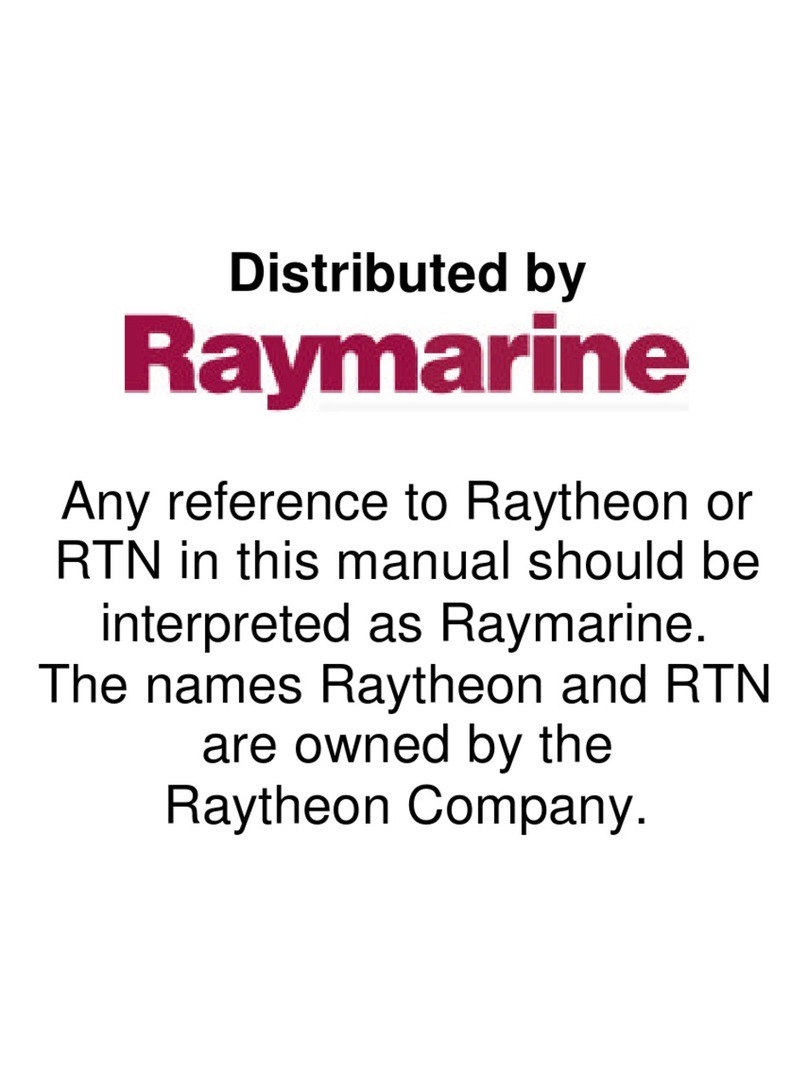
Raymarine
Raymarine ST40 Quick reference guide
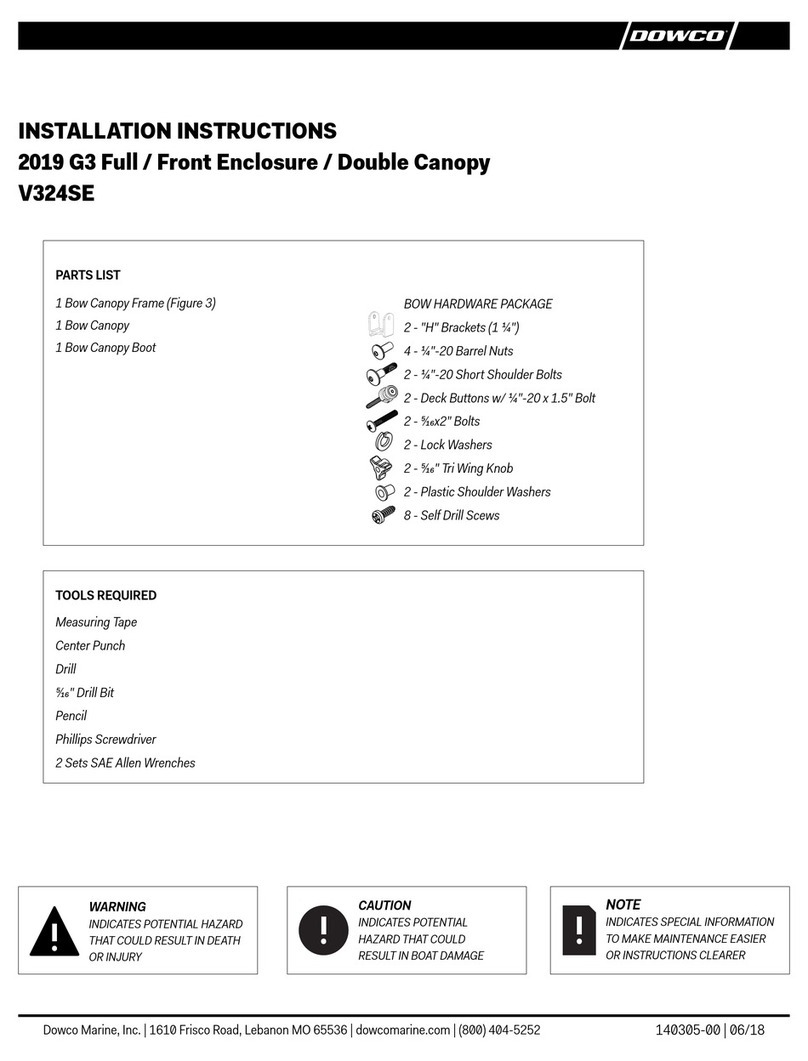
Dowco
Dowco V324SE installation instructions
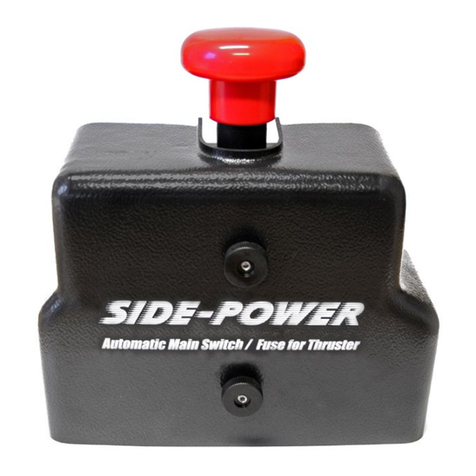
SLEIPNER MOTOR AS
SLEIPNER MOTOR AS Side-Power Automatic Main Switch installation manual
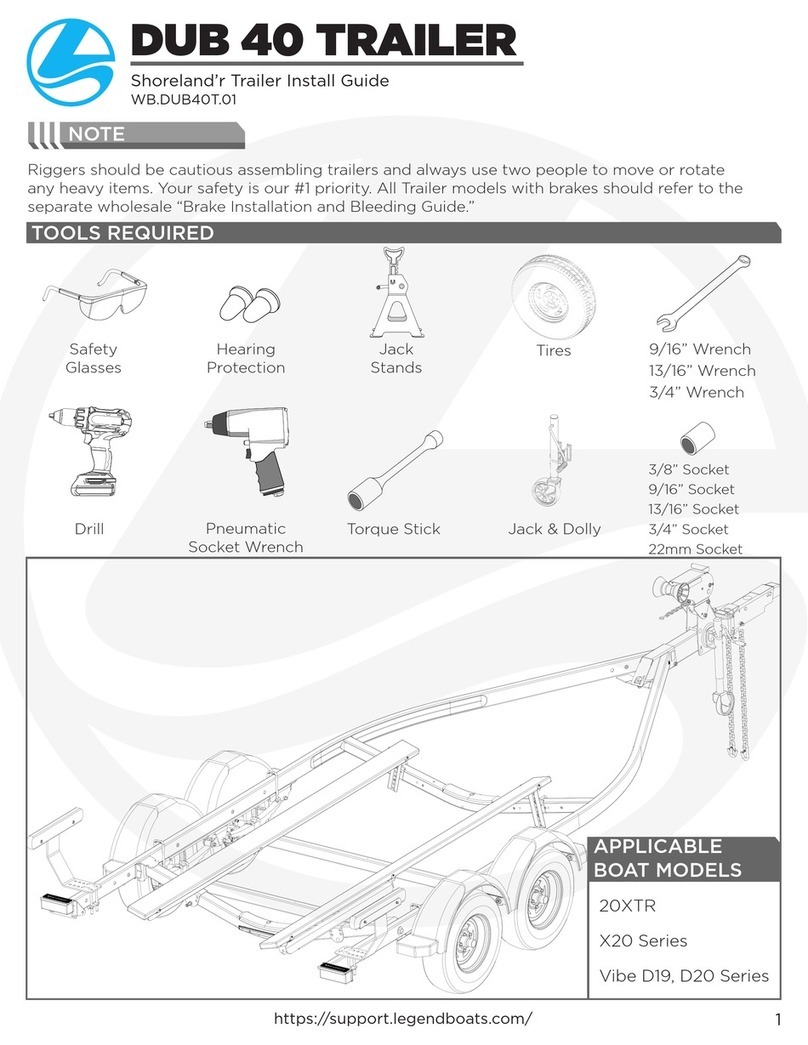
ShoreLand'r
ShoreLand'r DUB 40 install guide
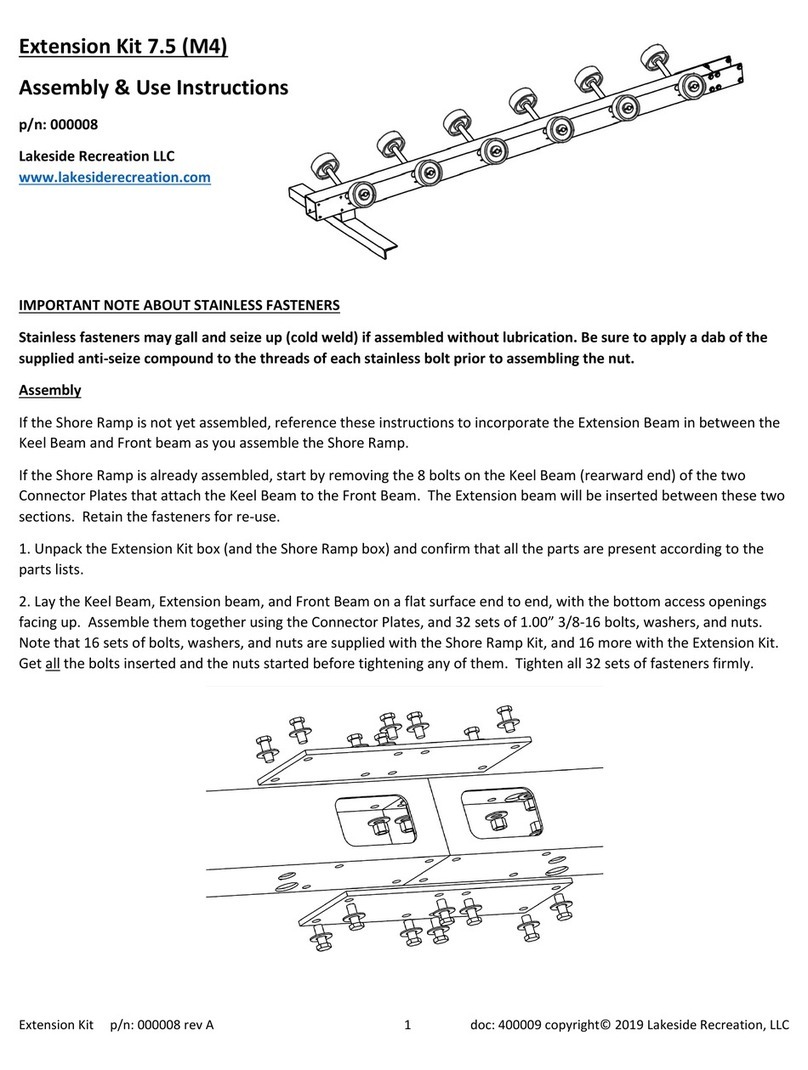
Lakeside
Lakeside Extension Kit 7.5 manual
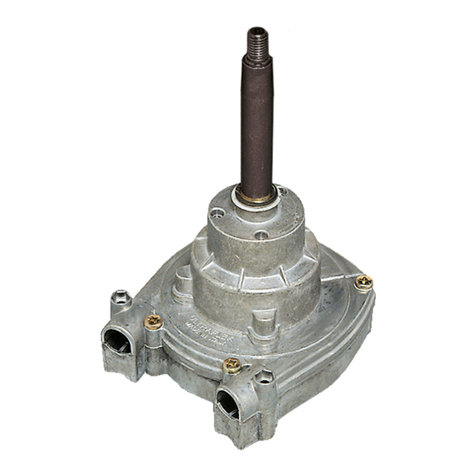
Ultraflex
Ultraflex T73NRFC Installation and maintenance manual

Hobie
Hobie Mast Stepper III quick guide
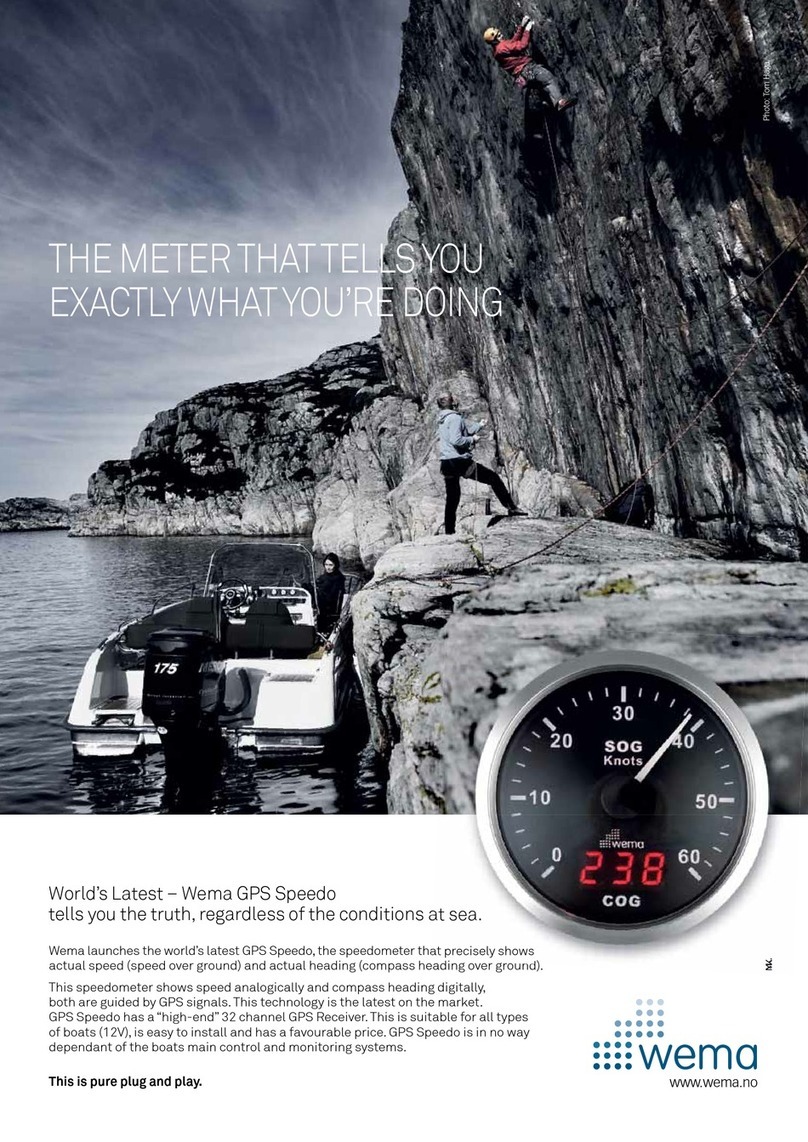
Wema
Wema GPS Speedo installation instructions
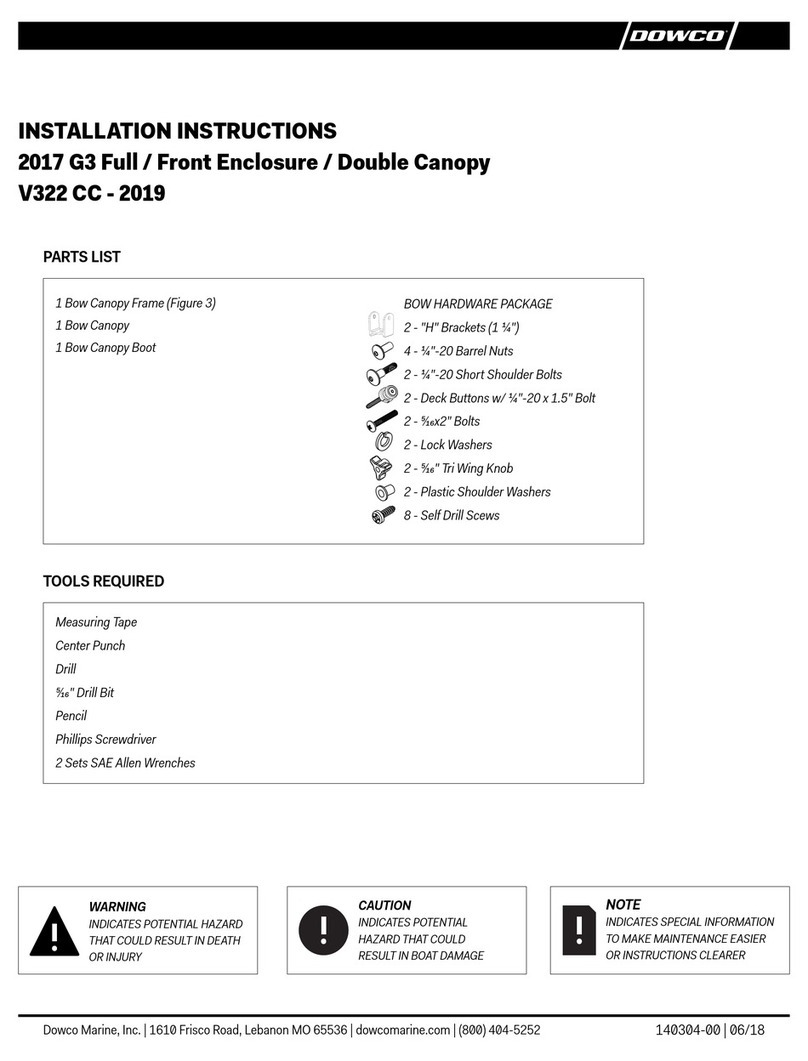
Dowco
Dowco V322 CC - 2019 installation instructions
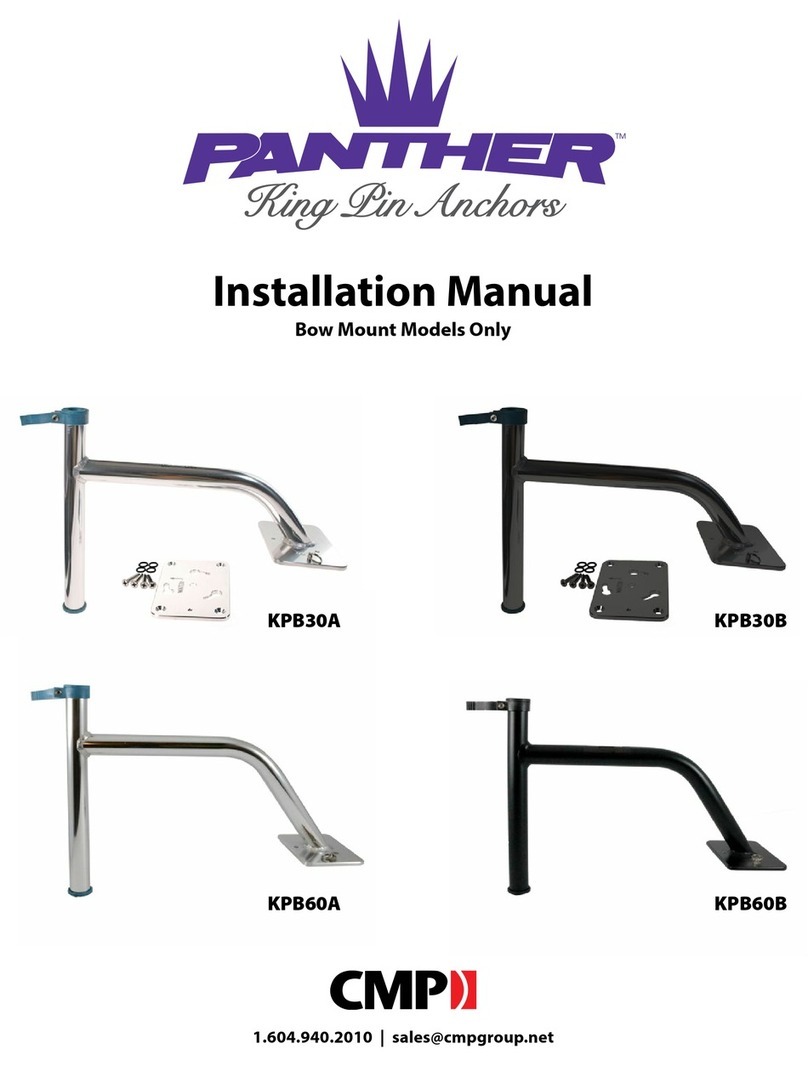
CMP
CMP Panther KPB30A installation manual
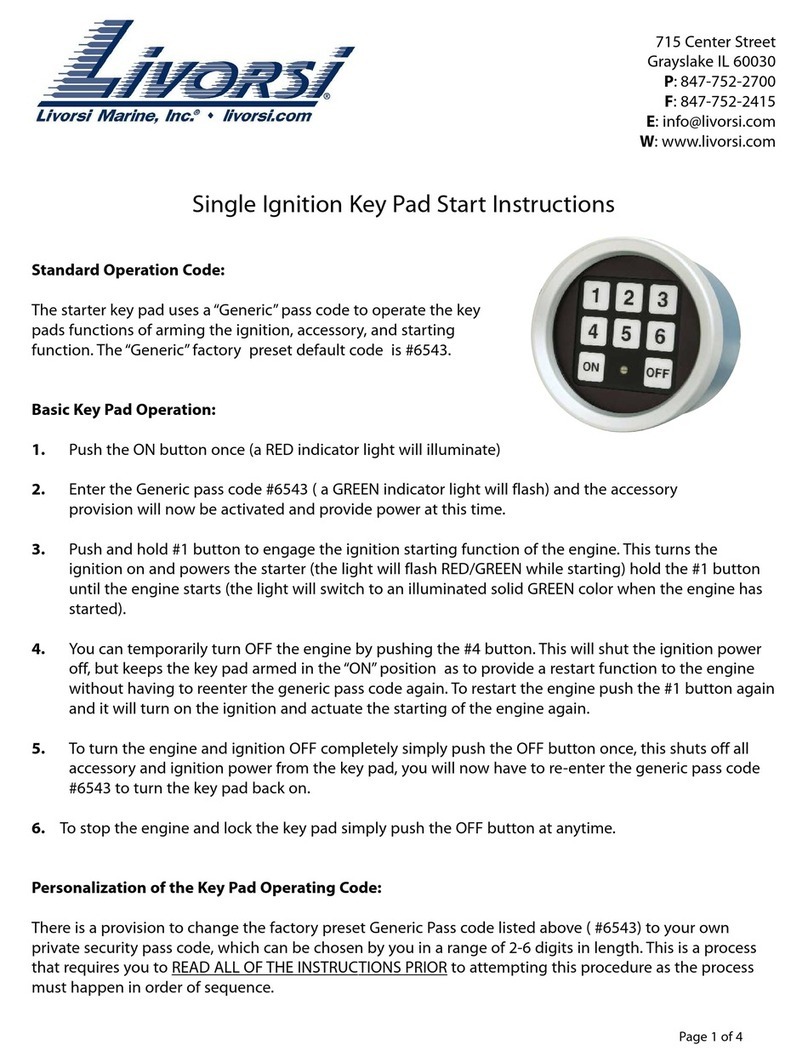
Livorsi
Livorsi Single Ignition Key Pad Quick Start Instruction


